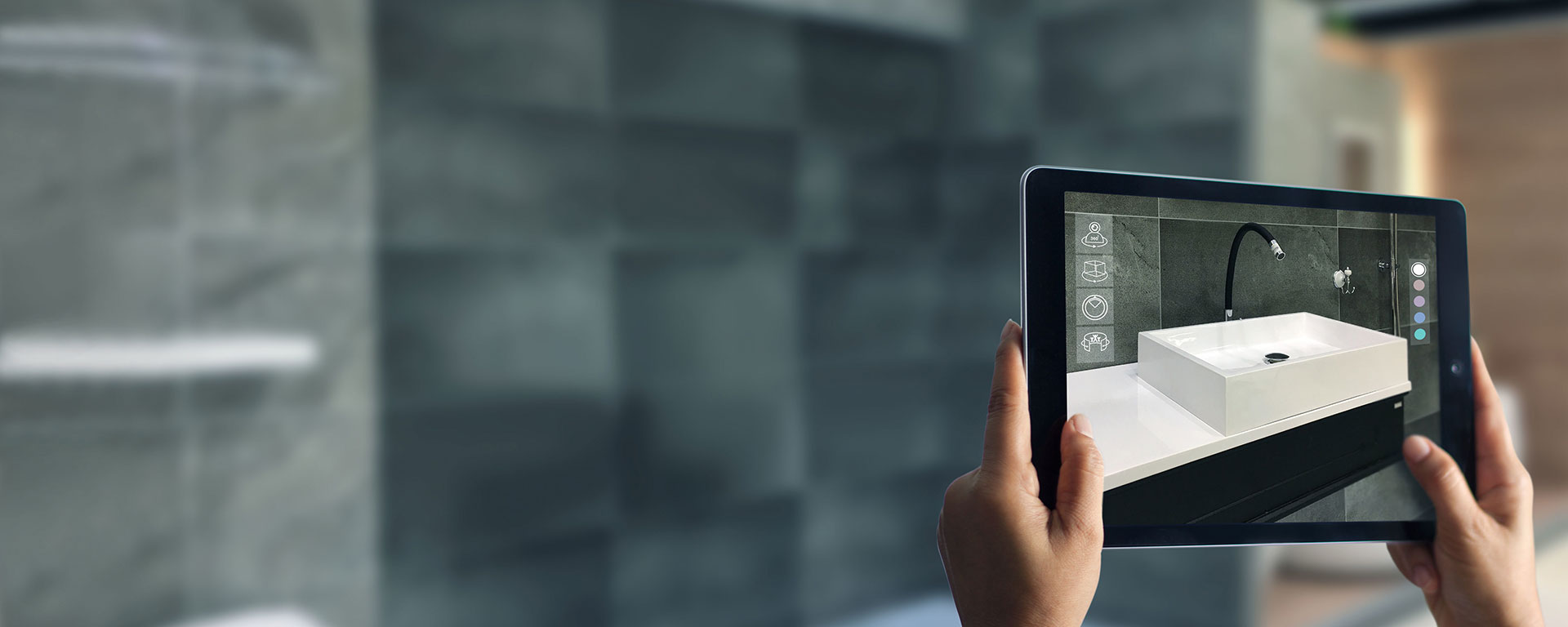
The Real In Reality Marketing Demographics
Nielsen conducted an online survey on over 8,000 people to understand consumer attitudes towards emerging technology, with specific regard to virtual reality (VR). The survey results bode well for the near-future of the VR industry. Respondents generally showed an interest in adopting VR technology, and those most interested were found to be an attractive demographic for marketers.
Knowledge about VR technology is steadily creeping into the mainstream:
- Awareness about VR is relatively high. Adult consumers between 18-54 years old feel roughly as knowledgeable as other major tech trends like the IoT, wearables, 3D printers, and drones. This reflects that VR is favorably making its way down the top of the sales funnel, from awareness to interest, and eventually decision to purchase.
- Consumers are receptive to VR marketing. After two minutes of exposure to VR, more than 50% of viewers showed a piqued interest in purchasing or using the technology. After a brief informational experience to VR, 48% found the technology more likable were more likely to research the technology afterward. Consumer’s affinity was even more felt when Nielsen ran the same experiment on a smaller sample of 150 respondents – 68% became more likely to purchase or use VR.
- Conversely, awareness for AR is low. Augmented reality ranked lowest when it came to consumers’ knowledge of the technology, underneath self-driving cars and chat bots. Nielsen’s survey data had been collected over the last six months, so it’s possible that Pokemon Go’s release in July has since lifted consumer awareness. Apple CEO Tim Cook recently said they expect AR’s opportunity to be much larger than VR.
The likely early adopters of VR over index on internet and TV usage, and is prone to shopping, representing an attractive user group for media companies and marketers:
- Opportunities for VR content creation. Consumers in this segment watch five more TV networks than the average consumer, spend 8% more time watching TV, and 7% more time online. These are encouraging signs for VR content creators and marketers. Once VR’s “chicken or egg” problem is solved – creating high quality VR content, and getting VR headsets into consumers’ hands – there will be an audience ripe with opportunities.
- Opportunities for VR-based commerce. These consumers outspend the average consumer across several categories including quick-serve restaurants (179%) and alcoholic beverages (175%). More important though, they spend more nearly twice as much (195%) on live event tickets – an area which obvious crossover with VR technology.
The tech industry has promoted the prospect of VR for the past few decades. But only now, with headsets backed by big names like Sony and Facebook, is VR finally becoming a concrete product with mass market potential. While VR technology is largely associated with the gaming industry, the platform offers a new set of content opportunities in entertainment, advertising, and more.
An Excerpt & Repost From Nielsen Research®
SHARE ARTICLE
Discover how branding built with design thinking can enhance the customer experience, grow brand recognition, and ignite business growth. Begin your epic journey today.